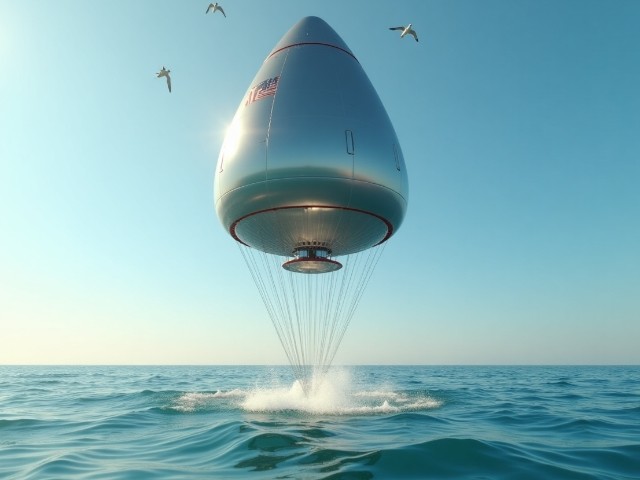
Sunita Williams' Triumphant Return to Earth: A Journey Beyond Expectations
After an astonishing 286 days in space, NASA astronaut Sunita Williams has finally returned to Earth. Originally set for a much shorter mission, unexpected technical challenges turned her voyage into an extended stay aboard the International Space Station (ISS). Her return marks a significant moment in space exploration, offering new insights into long-duration space missions and human adaptability.
The Unexpected Extension
Williams, along with fellow astronaut Butch Wilmore, launched aboard Boeing’s Starliner spacecraft on June 6, 2024. The mission was intended as an eight-day test flight, but complications with the Starliner capsule's propulsion system delayed their return for nearly nine months. NASA, prioritizing safety, decided to extend their mission while working on a solution. This unforeseen development made Williams' journey one of the longest single-mission spaceflights in history.
The Return Journey
Due to persistent issues with Starliner, NASA opted for a return aboard SpaceX’s Dragon Freedom spacecraft. The duo successfully landed in the Gulf of Mexico on March 18, 2025, marking a triumphant end to their prolonged mission. The moment was filled with relief and celebration as Williams and Wilmore stepped back onto solid ground, greeted by NASA personnel ready to assist in their re-acclimation process.
Adjusting Back to Earth
Spending almost a year in microgravity has profound effects on the human body. Muscle atrophy, bone density loss, and balance disturbances are common challenges faced by astronauts after extended space travel. Williams will now undergo a 45-day rehabilitation program, including physical therapy, medical evaluations, and psychological readjustment to Earth’s gravity.
Interestingly, one of the visible signs of her time in space was the graying of her hair—a reminder of the stress and endurance required during long missions. Despite these changes, Williams remains in high spirits, excited to share her experiences with the world.
The Impact of Her Mission
Sunita Williams' extended stay aboard the ISS provides invaluable data for future long-duration spaceflights. As NASA prepares for missions to the Moon and Mars, understanding how the human body copes with extended periods in space is crucial. Williams' experience will contribute to advancements in astronaut training, spacecraft design, and medical protocols for deep-space exploration.
Her journey also highlights the resilience of astronauts and the ever-present challenges of space travel. The mission underscores the importance of having contingency plans in place, ensuring that future space explorers are prepared for unexpected obstacles.
Looking Ahead
Now back on Earth, Williams is expected to engage in public outreach, sharing her experiences with the scientific community and the public. Her insights will inspire future generations of astronauts and space enthusiasts, reminding us all that the sky is not the limit—it’s just the beginning.
As she embarks on her recovery journey, Sunita Williams' name remains etched in history as a testament to human endurance, scientific curiosity, and the unwavering spirit of exploration. Welcome home, Sunita!